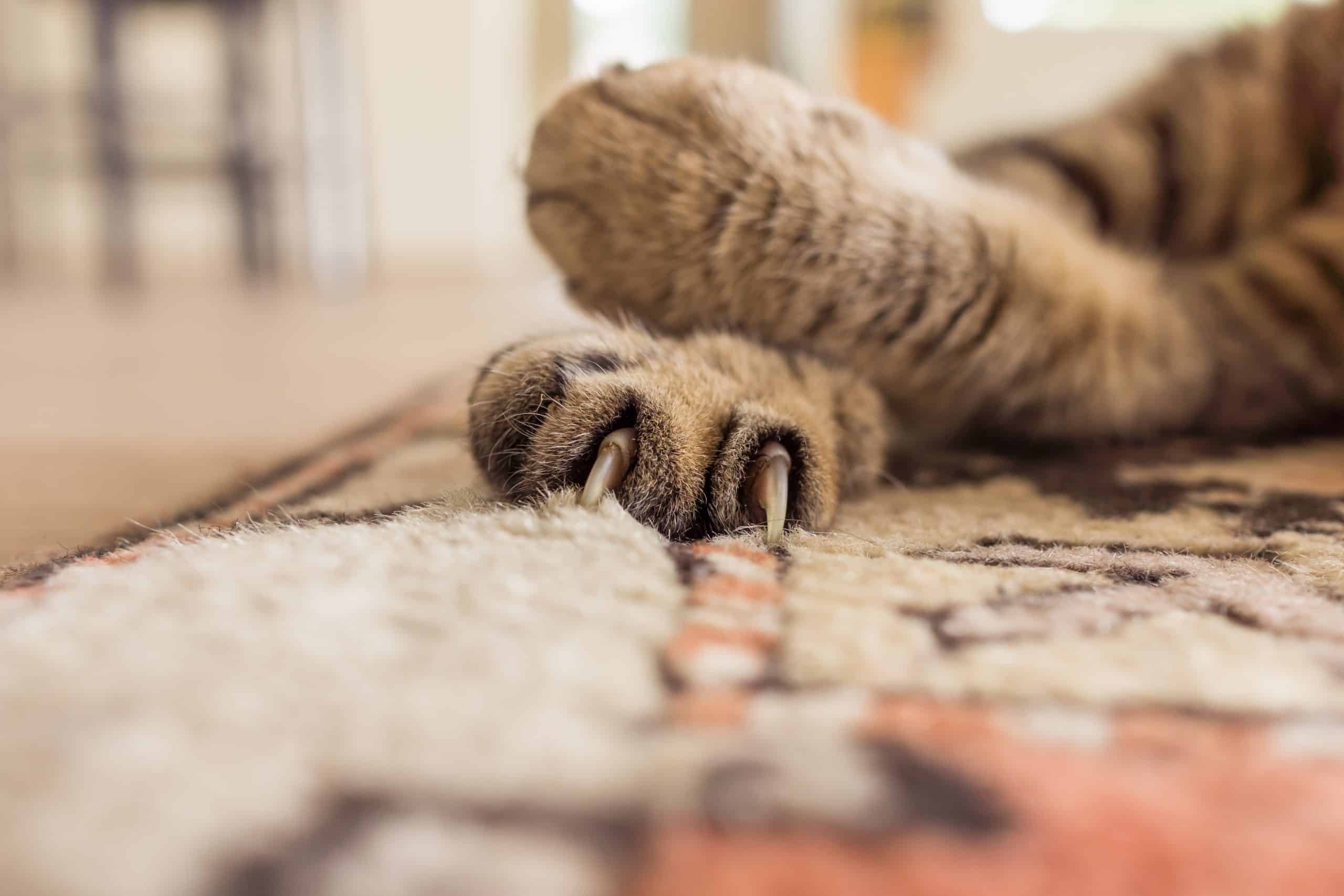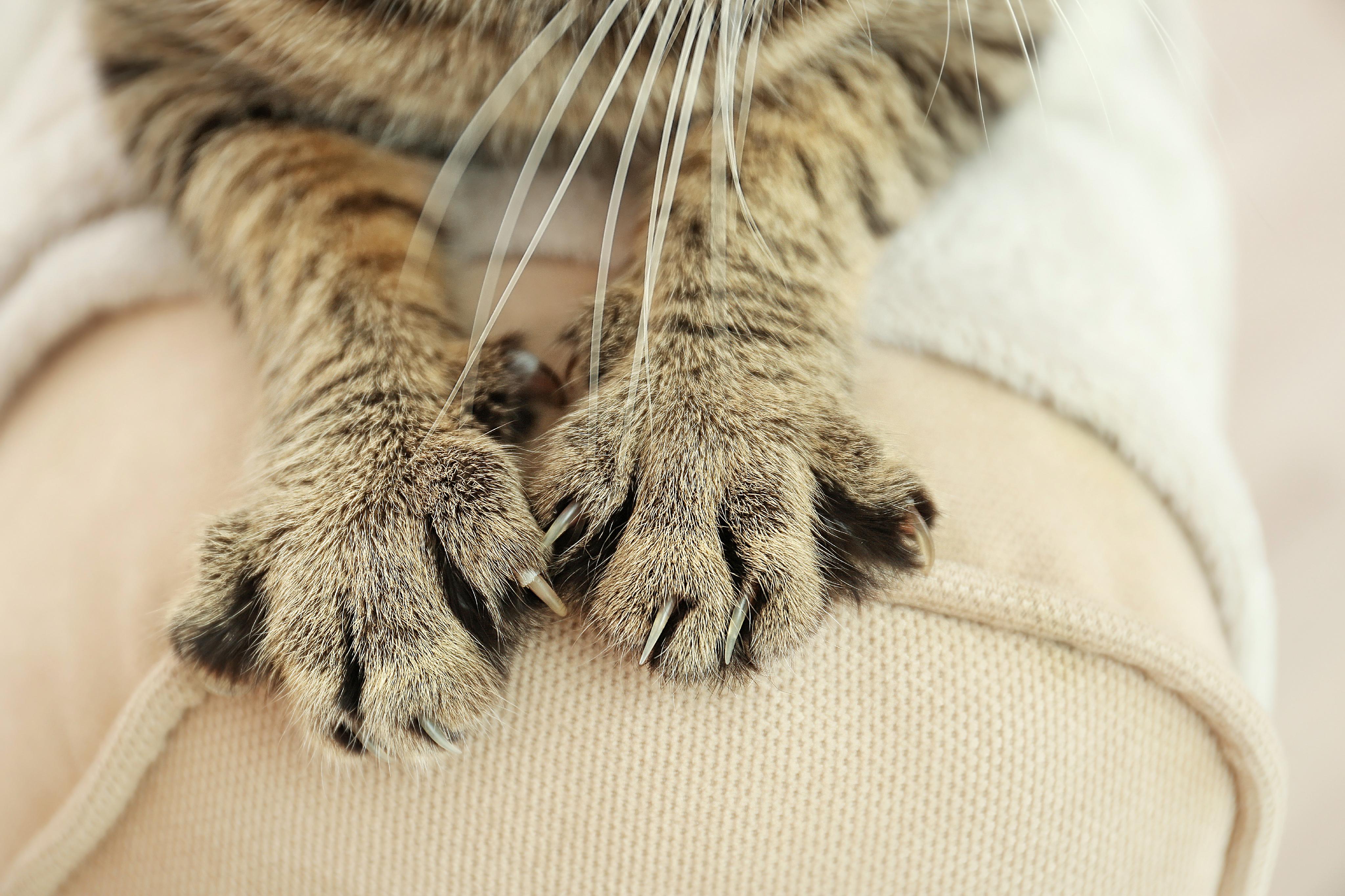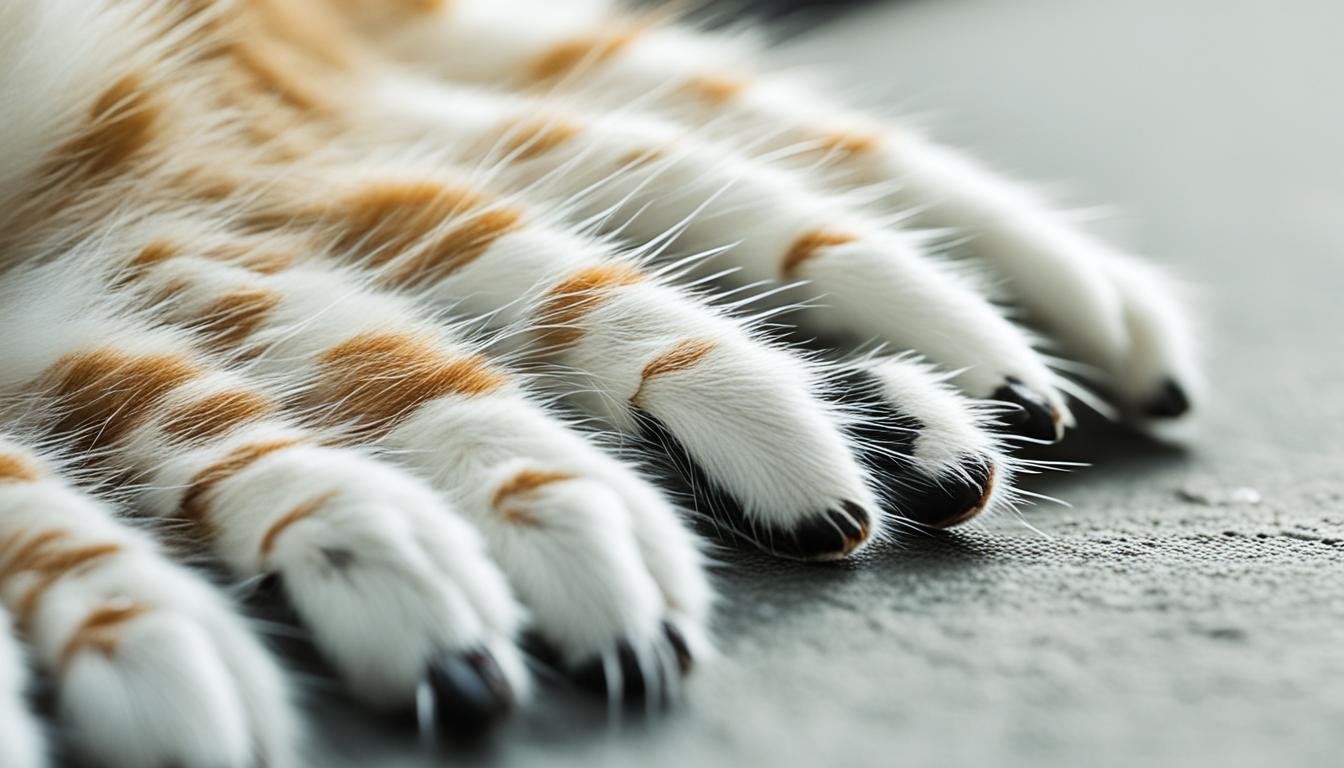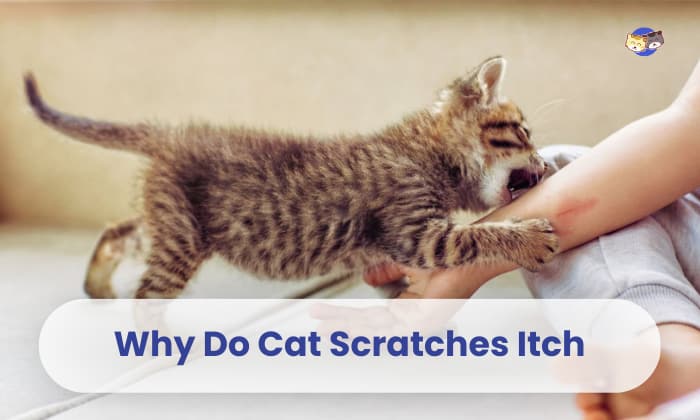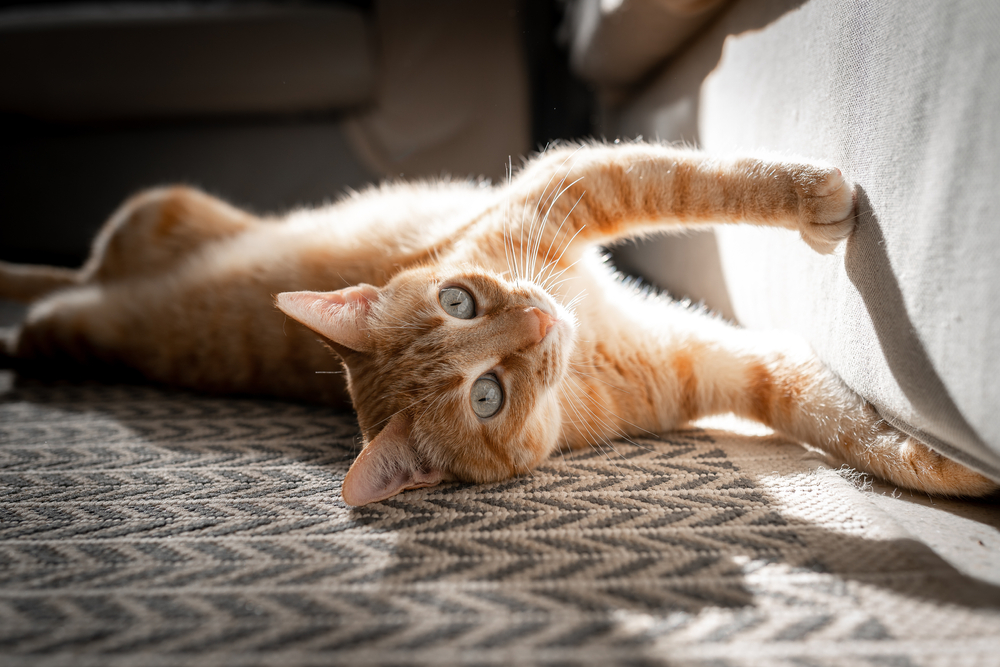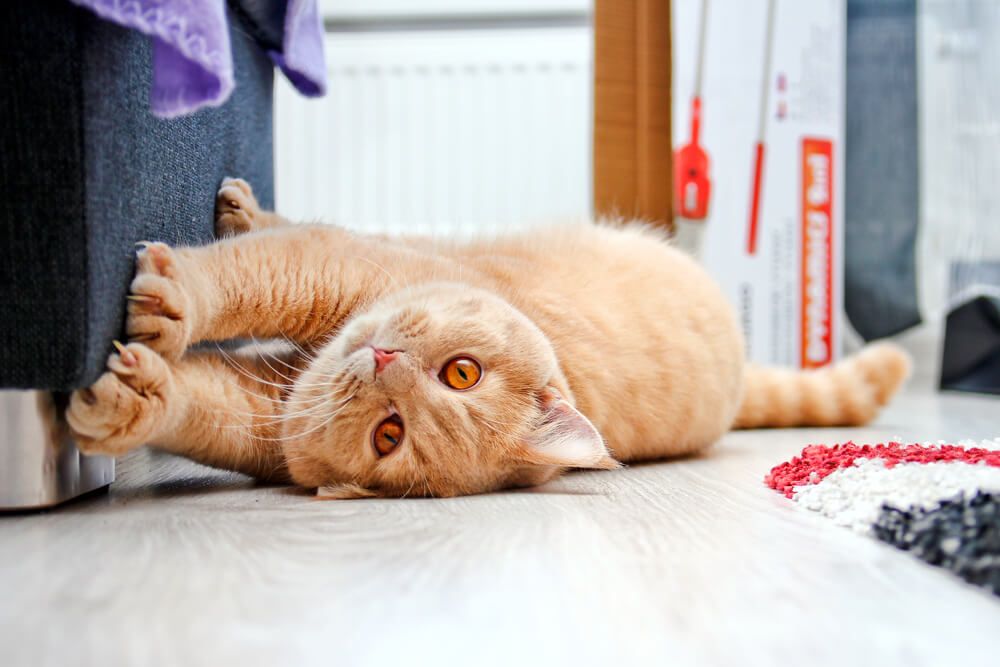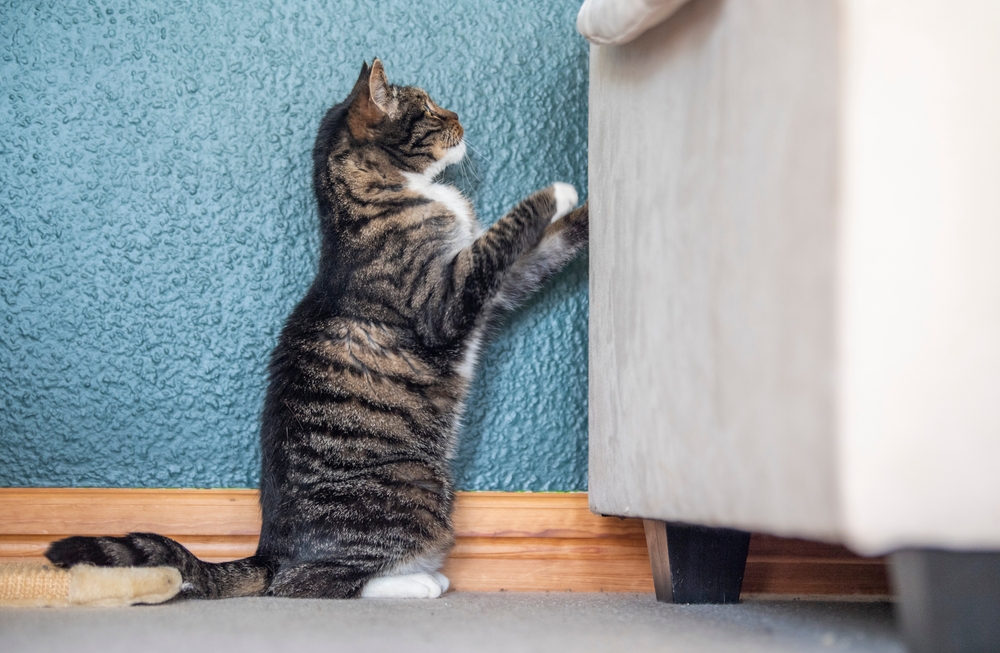Why Does My Cat Scratch All The Time
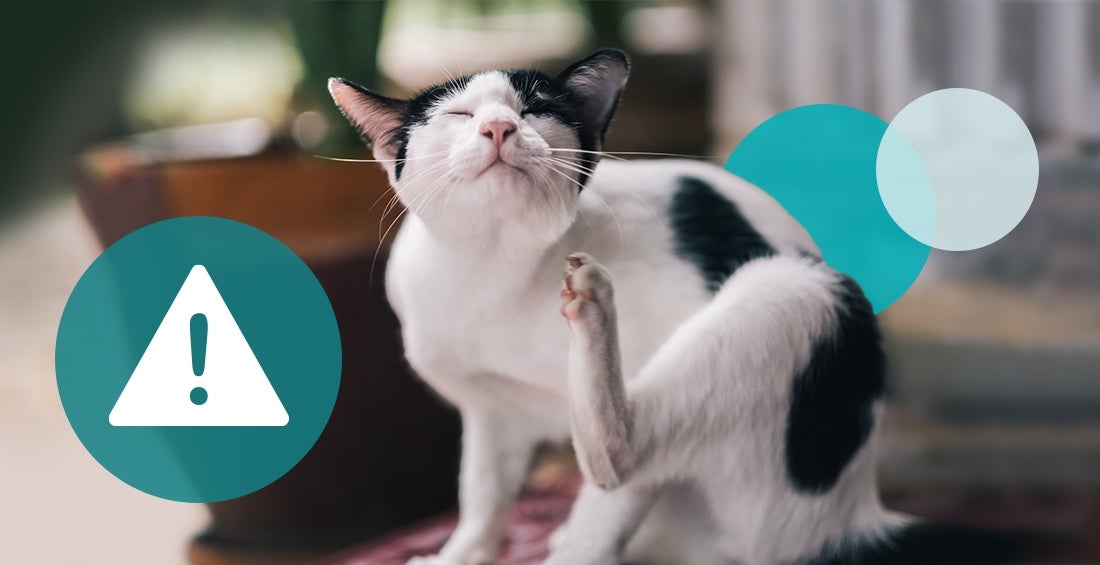
Imagine waking up to the gentle symphony of your cat, Mittens, stretching and then... *scratch, scratch, scratch*... against your favorite armchair. Or perhaps you're settling in for the evening, only to have Whiskers suddenly launch an attack on the living room rug. Sound familiar? Many cat owners share this perplexing experience, wondering, "Why does my cat scratch all the time?"
The scratching behavior in cats is a perfectly normal and essential activity. While it might seem destructive to our furniture, understanding the underlying reasons can help us provide appropriate outlets for this natural instinct and maintain a harmonious home.
The Multi-Faceted World of Feline Scratching
Scratching serves several crucial purposes for cats. First and foremost, it's a form of nail maintenance. This action helps to remove the dead outer layer of the nail, keeping their claws sharp and ready for action.
Beyond grooming, scratching is also a form of exercise. The act of stretching and pulling engages various muscle groups, contributing to their overall physical well-being.
Perhaps one of the most fascinating aspects of scratching is its role in communication. Cats have scent glands in their paws, and when they scratch, they leave behind both a visual marker and a scent message for other cats.
Territorial Marking: "I Was Here!"
Scratching is a visual signal to other felines, a clear indication of their presence and ownership. The marks serve as a sort of feline "No Trespassing" sign.
According to International Cat Care, the scent left behind acts as a powerful form of communication. Other cats can detect these pheromones, gaining insights into the scratcher's identity and territory.
Emotional Release: Scratching Away Stress
Scratching can also be a way for cats to relieve stress or anxiety. A sudden flurry of scratching might indicate that your cat is feeling overwhelmed or insecure.
Observe your cat's body language when they scratch. Are they tense? Is their tail twitching? These clues can help you identify potential stressors in their environment, such as loud noises or the presence of unfamiliar animals.
Providing Appropriate Scratching Outlets
Now that we understand why cats scratch, the key is to redirect this behavior towards acceptable targets. Providing a variety of scratching posts is essential.
Experiment with different materials like sisal, cardboard, and wood to discover your cat's preference. Vertical posts should be tall enough for your cat to fully stretch, while horizontal scratchers cater to different preferences.
Positioning the scratching posts strategically is also important. Place them near areas where your cat already scratches, such as your sofa or bed. You can also place them in high-traffic areas to enhance their visibility as territorial markers.
Consider using catnip or toys to entice your cat to use the scratching post. Positive reinforcement, such as praise and treats, can further encourage the desired behavior.
Avoid punishing your cat for scratching inappropriate objects. This can lead to fear and anxiety, potentially exacerbating the problem. Instead, focus on providing attractive alternatives and redirecting their attention.
As the American Association of Feline Practitioners (AAFP) emphasizes, declawing is not an acceptable solution to scratching problems. It's a surgical procedure that can cause chronic pain and behavioral issues.
A Scratching Success Story
Remember Mittens from the beginning? After providing her with a tall sisal post near her favorite napping spot and a cardboard scratcher on the living room floor, her affection for the armchair diminished significantly. She now proudly stretches and scratches on her designated surfaces, leaving the furniture unscathed.
Understanding your cat's scratching behavior is crucial for creating a happy and harmonious home. By providing appropriate outlets and understanding the underlying motivations, you can redirect this natural instinct and protect your furniture while ensuring your feline friend's well-being.
So, the next time you hear that familiar *scratch, scratch, scratch*, remember that your cat isn't being destructive. They're simply being a cat, expressing their natural instincts and communicating in their own unique way.

